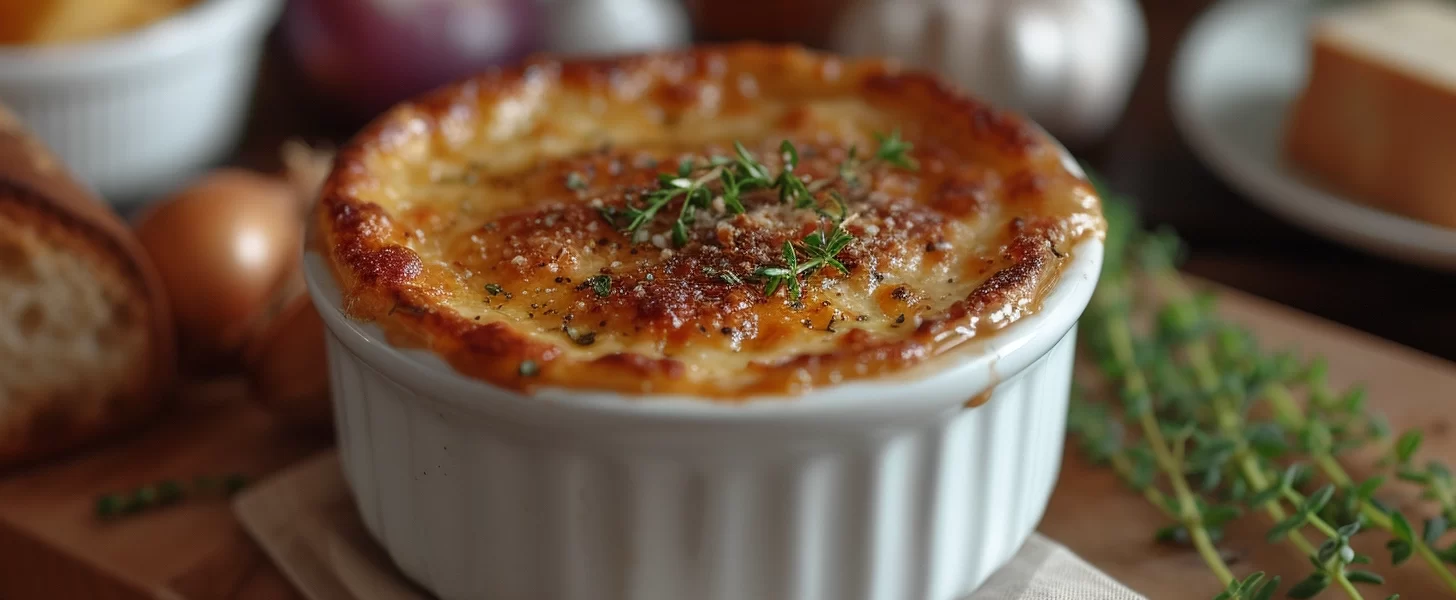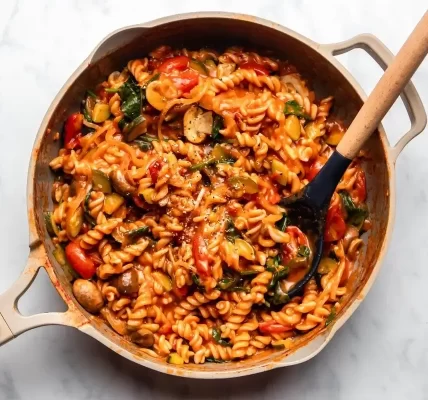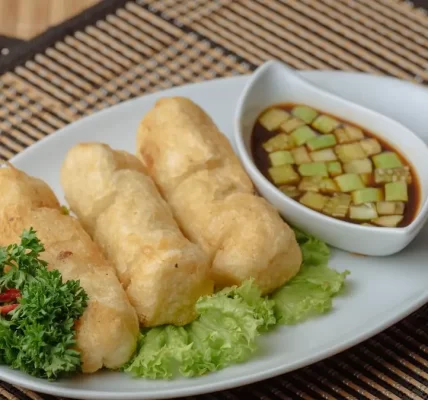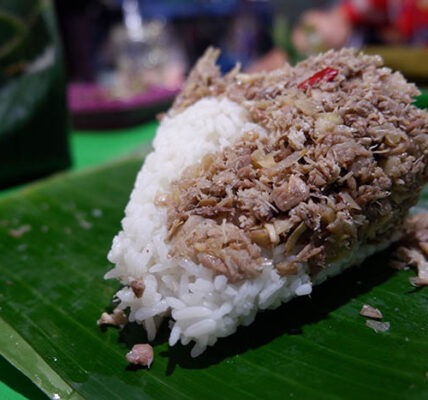Indulging in the velvety richness of creme brulee is akin to embarking on a culinary journey of pure delight. This timeless dessert, with its caramelized sugar crust and creamy custard base, has captivated palates around the world for centuries. In this article, we delve into the exquisite world of creme brulee, exploring its origins, variations, and techniques for crafting the perfect rendition of this decadent delight.
The Origins of Creme Brulee: A French Classic
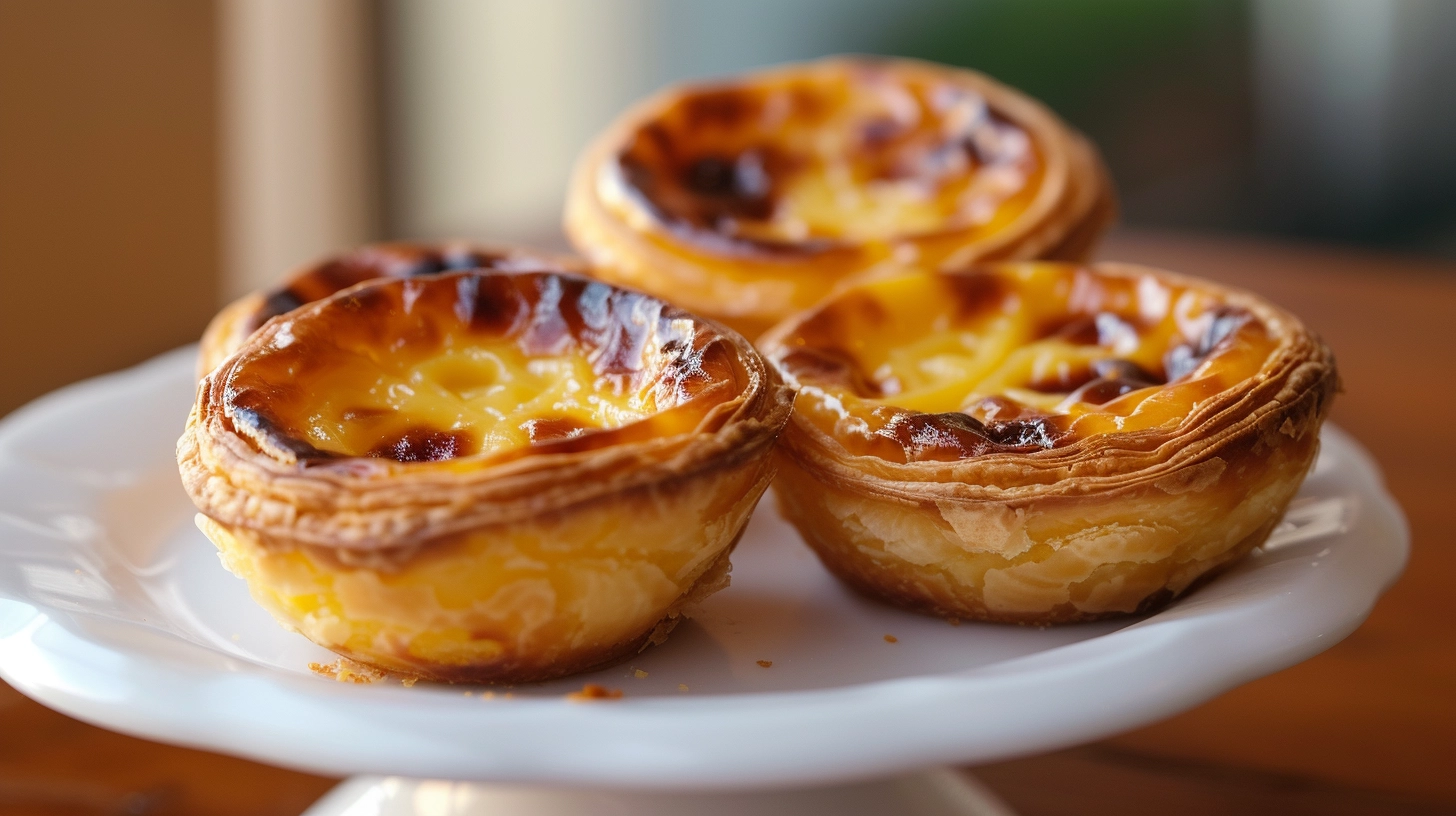
Creme brulee, which translates to “burnt cream” in French, has its roots deeply embedded in the culinary traditions of France. While the exact origins of the dessert are shrouded in mystery, it is believed to have originated in the kitchens of 17th-century French royalty. Over the centuries, creme brulee has evolved from a delicacy enjoyed exclusively by the elite to a beloved dessert cherished by people of all walks of life.
Crafting the Perfect Creme Brulee: A Symphony of Flavors and Textures
At the heart of every exceptional creme brulee lies a harmonious balance of flavors and textures. The process begins with a rich and creamy custard base, typically made with egg yolks, cream, sugar, and vanilla bean. This luscious mixture is then gently cooked until thickened and velvety smooth. The custard is poured into ramekins and baked in a water bath until set, resulting in a delicate yet firm texture.
Once the creme brulee is chilled, it is time to add the pièce de résistance: the caramelized sugar crust. A thin layer of granulated sugar is sprinkled evenly over the surface of the custard and then caramelized using a culinary torch or broiler. The sugar melts and caramelizes, forming a crisp, golden crust that cracks satisfyingly with each spoonful.
Variations and Innovations: Putting a Modern Twist on a Classic Dessert
While traditional creme brulee remains a timeless favorite, chefs around the world have put their own unique spin on this classic dessert. From infused custards flavored with lavender, citrus, or espresso to unconventional toppings like fresh berries, chocolate shavings, or toasted nuts, the possibilities for creme brulee variations are endless. Whether served in a classic ramekin or transformed into a bite-sized treat, creme brulee continues to inspire culinary creativity and innovation.
Tips and Techniques for Success: Mastering the Art of Creme Brulee
Crafting the perfect creme brulee requires precision, patience, and attention to detail. Here are some tips and techniques to help you achieve creme brulee perfection:
- Use high-quality ingredients, including fresh eggs, cream, and vanilla bean, for the best flavor and texture.
- Strain the custard mixture before pouring it into ramekins to remove any lumps or air bubbles.
- Bake the creme brulee in a water bath to ensure gentle, even cooking and prevent cracking.
- Chill the creme brulee thoroughly before caramelizing the sugar crust to prevent the custard from melting.
- Use a culinary torch for precise and controlled caramelization of the sugar crust, ensuring an evenly caramelized surface.
Savoring the Simple Pleasures of Creme Brulee
Creme brulee is more than just a dessert—it’s a culinary masterpiece that delights the senses and transports us to a world of pure indulgence. Whether enjoyed as a comforting treat on a cold winter’s night or as a sophisticated finale to a gourmet meal, creme brulee has a timeless appeal that transcends generations. So why not treat yourself to the decadent delight of creme brulee and experience the simple pleasure of savoring each spoonful of creamy custard and crisp caramelized sugar crust?
The Art of Presentation: Elevating the Creme Brulee Experience
Presentation plays a crucial role in enhancing the creme brulee zeusslot experience, turning a simple dessert into a work of art. Chefs and home cooks alike often employ creative techniques to elevate the presentation of their creme brulee, from garnishing with edible flowers or fresh fruit to dusting with cocoa powder or powdered sugar. By paying attention to the aesthetics of the dish, creme brulee becomes not only a treat for the taste buds but also a feast for the eyes.
Creme Brulee in Popular Culture: A Dessert Icon
Creme brulee has become an iconic dessert in popular culture, frequently appearing in literature, film, and television as a symbol of sophistication and indulgence. From its depiction in classic French novels to its portrayal in modern culinary competitions, creme brulee has cemented its status as a dessert fit for royalty. Its appearance on dessert menus around the world further solidifies its place in culinary history, making it a beloved treat for food enthusiasts everywhere.
The Science of Caramelization: Unlocking Flavor and Texture
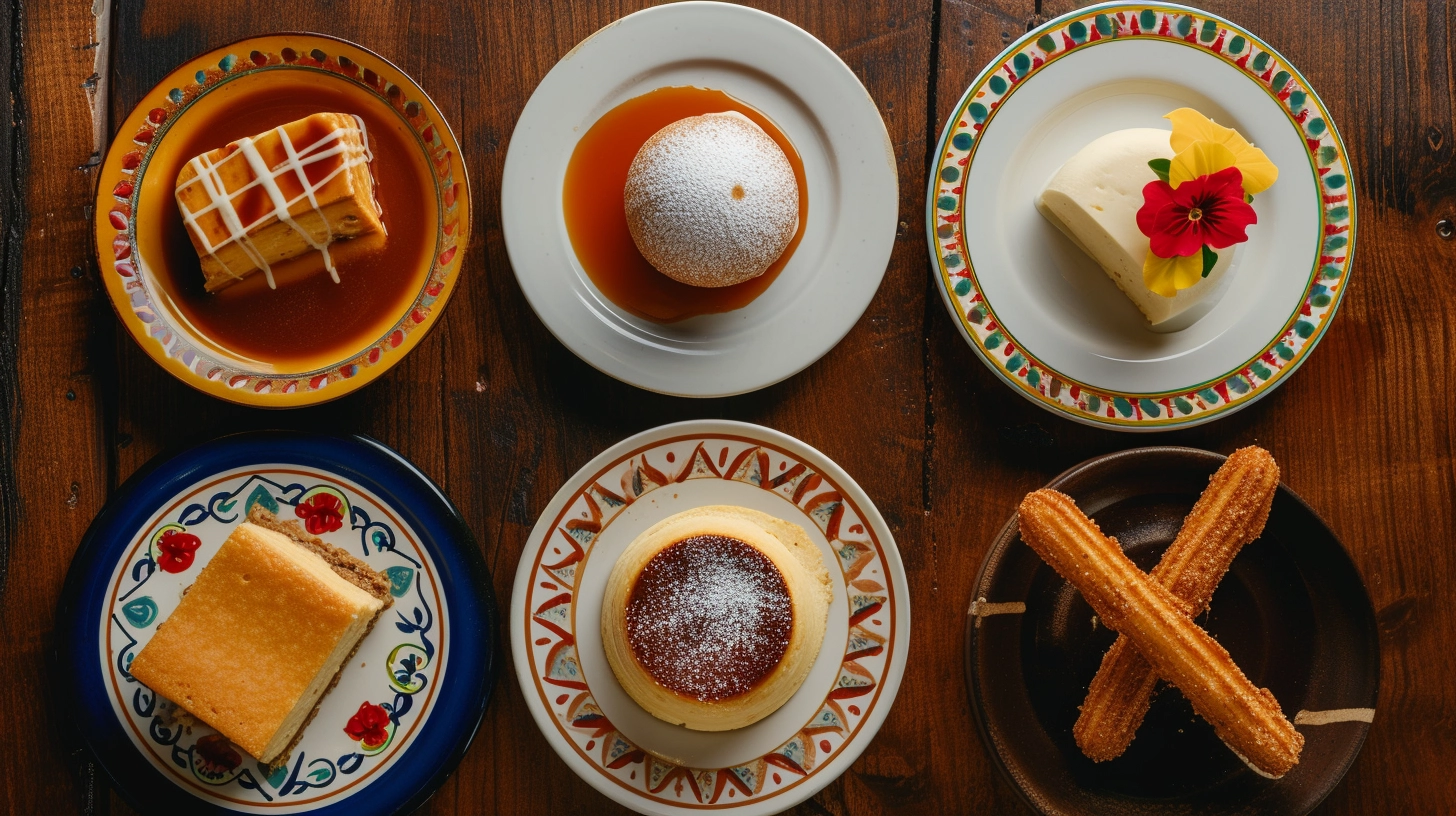
Caramelization is the magical process that transforms ordinary sugar into a golden, crunchy crust atop creme brulee. This culinary alchemy occurs when sugar is heated to high temperatures, causing it to break down and form new compounds that impart complex flavors and aromas. The result is a tantalizing combination of sweet, bitter, and nutty notes that perfectly complement the creamy custard beneath. Understanding the science behind caramelization allows chefs to master the art of creme brulee and create desserts that are both delicious and visually stunning.
Creme Brulee Around the World: Regional Variations and Interpretations
While creme brulee originated in France, its popularity has spread far and wide, inspiring a myriad of regional variations and interpretations. In Spain, for example, crema catalana is a close cousin of creme brulee, featuring a similarly creamy custard base but flavored with citrus zest and cinnamon. In Italy, crema al caramello is a popular dessert made with caramelized sugar and egg yolks, often served alongside fresh fruit or biscotti. These regional variations highlight the versatility of creme brulee and its ability to adapt to different culinary traditions and preferences.
The Joy of Homemade Creme Brulee: A Labor of Love
While creme brulee is readily available at restaurants and bakeries, there is something truly special about making it from scratch at home. The process of whisking together the custard, carefully baking it to perfection, and delicately caramelizing the sugar crust requires patience and precision, but the results are well worth the effort. Homemade creme brulee allows for customization and experimentation, empowering cooks to tailor the flavors and textures to their liking. Whether enjoyed as a solo endeavor or shared with loved ones, homemade creme brulee is a labor of love that brings joy and satisfaction to all who indulge in it.

